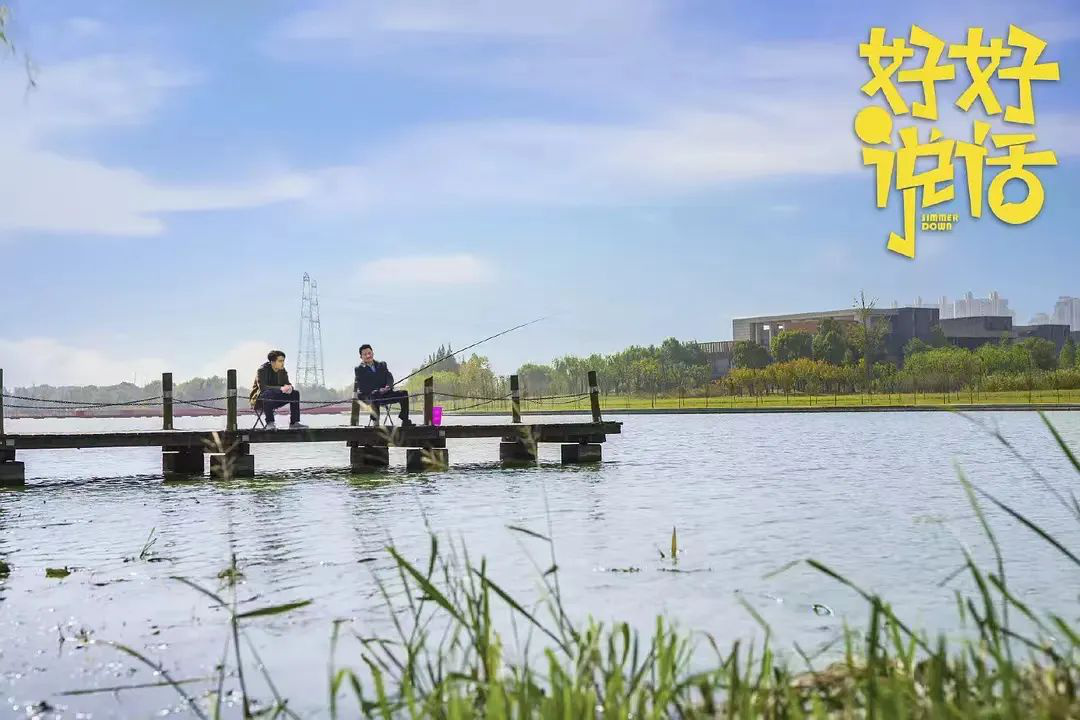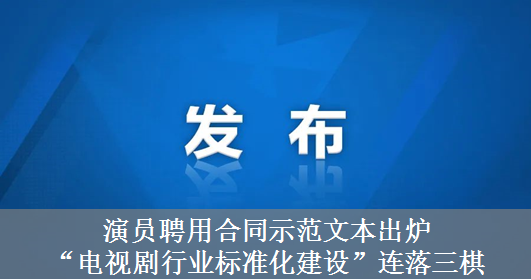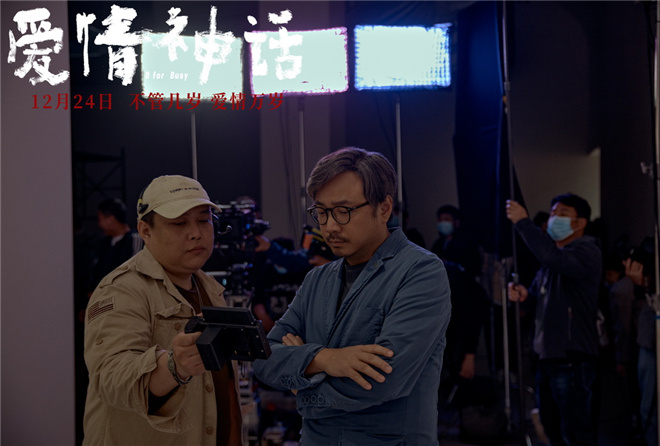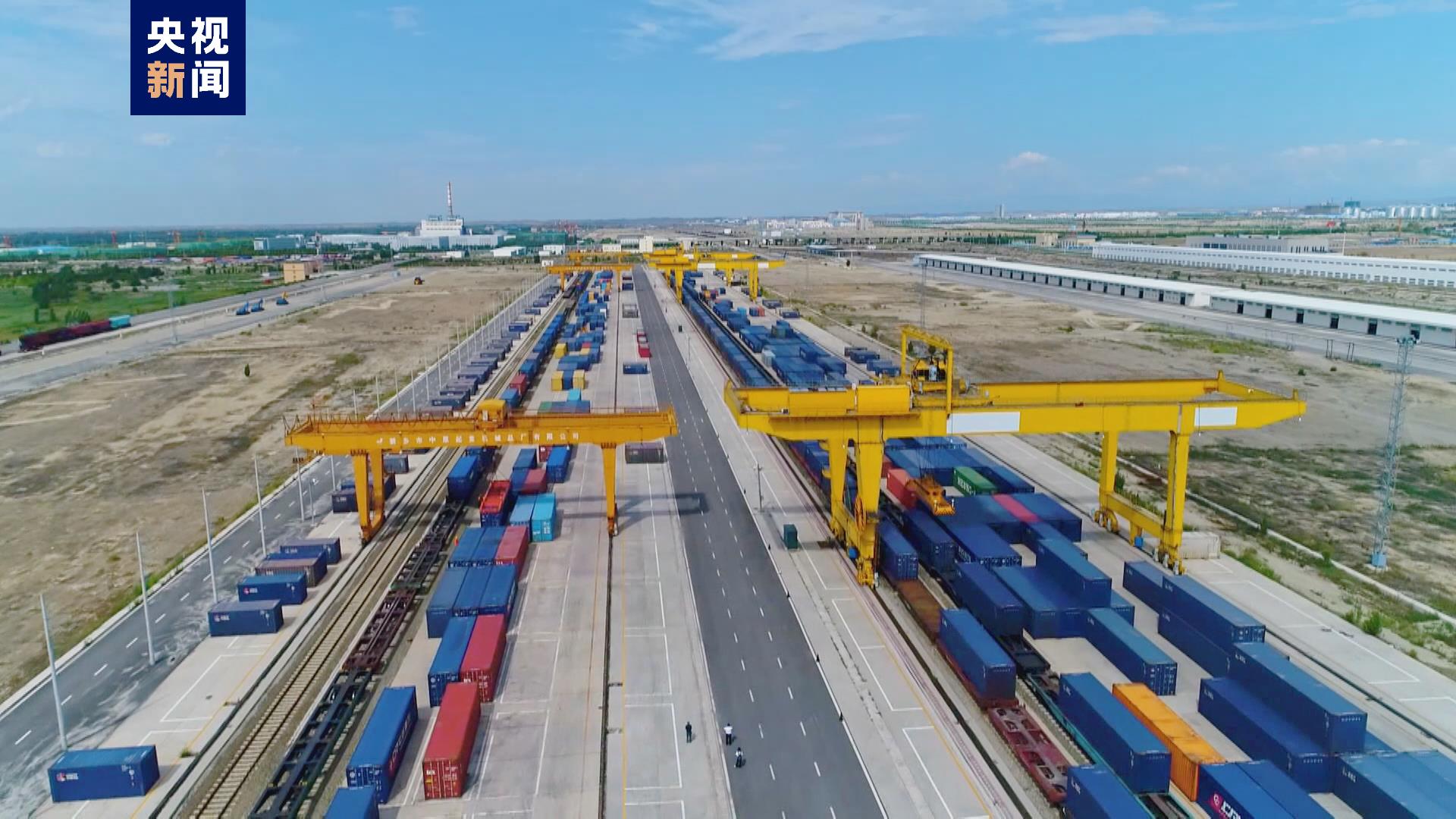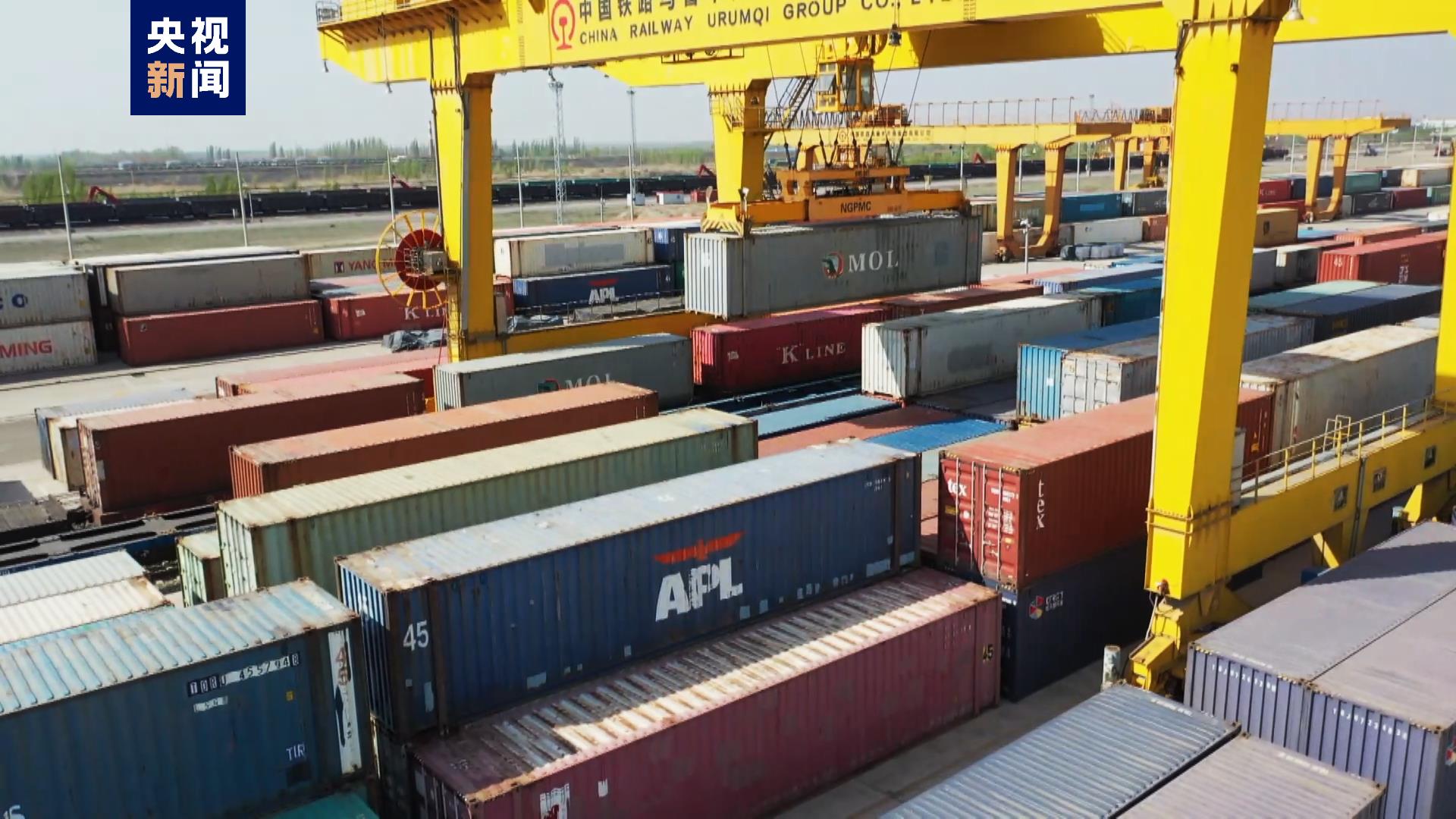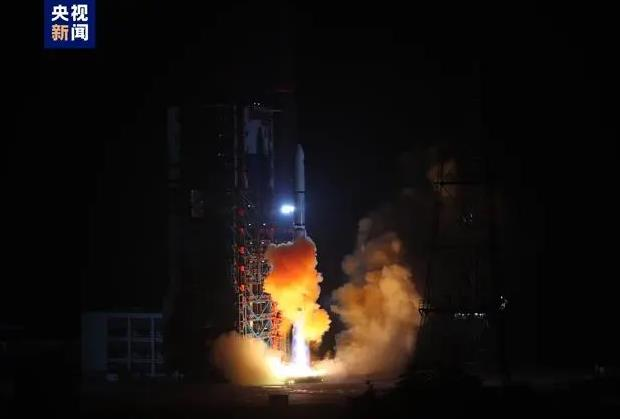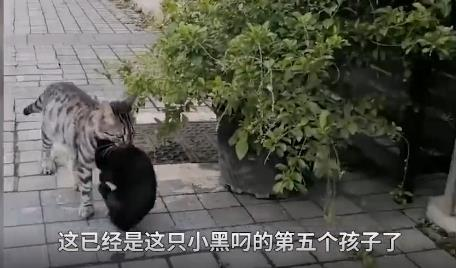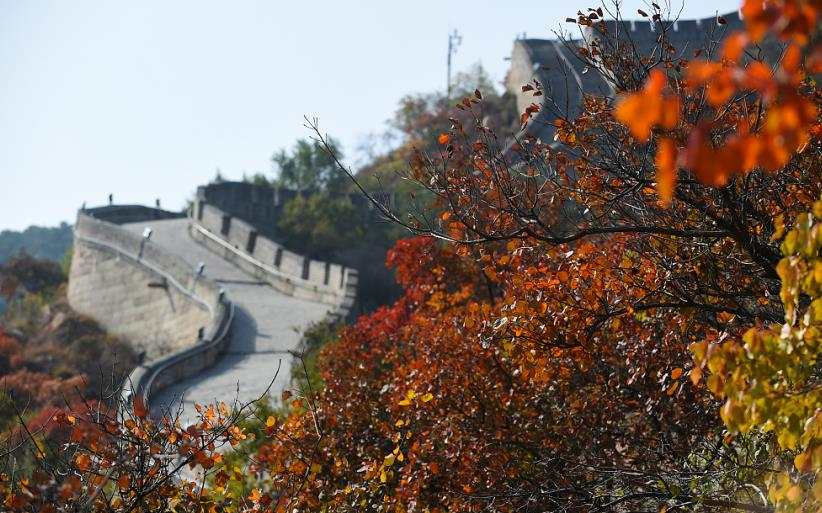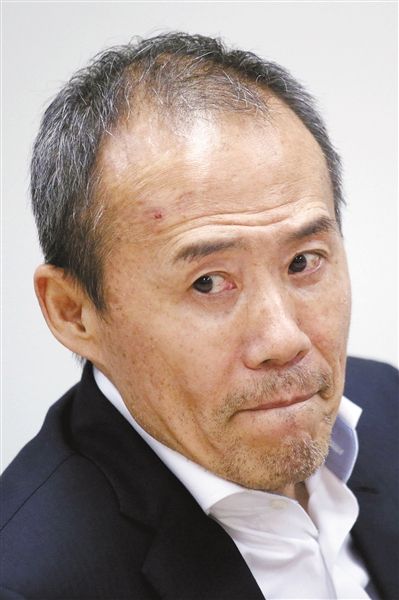
■ Dialogue characters
Wang Shi, 63, the founder of Vanke Co., Ltd., resigned as the general manager of Vanke in 1999 and is now the chairman of the board of directors of the group.
Wang Shi has always been regarded as a benchmark among entrepreneurs in China. His sobriety and introspection stand out among entrepreneurs. He was once questioned because of the inflection point theory of housing prices and Wenchuan donations, and he was recognized for his participation in public welfare and environmental protection.
At the scene, the reporter saw Wang Shi cautious and capable. In the early communication, he made it clear that the topic of family and house price prediction was not involved. His favorite topic is an entrepreneur’s cognition and thinking about self-identity.
■ Dialogue motivation
Wang Shi’s new book records his experiences and thoughts from 2000 to 2014.
In the book, he talks about mountaineering, environmental protection, study tour, and the identity and class orientation of entrepreneurs. In the eyes of the outside world, his identity is diverse, but he finally positioned himself as an entrepreneur. We interviewed Wang Shi, hoping to know an entrepreneur’s thinking about himself and public affairs, his positioning of self-identity and class, what kind of spirit he hopes entrepreneurs have, how he views entrepreneurs’ innovative spirit and how to think about the future.
[memory]
Doing chicken feed business is thrilling.
Beijing News: The publication of "Avenue of course" this time is a comb of my own experience. What is the most influential experience as an entrepreneur?
Wang Shi: I went to Shenzhen in 1983 to start a business to make chicken feed. The eight months’ experience benefited me immensely and was thrilling.
Ten years later, I had a conversation with Liu Yonghao. I said that you hadn’t started making chicken feed when I was making it, but I gave up. Liu Yonghao later became the richest man in China. If I don’t give up, the richest man should be mine.
There are two characteristics in doing chicken feed business: first, it is difficult to make money. It takes a few cents to make money from a chicken’s ass, but it loses a lot of money. Feed is a bulk product, and it will lose money when it is moldy and wet. It is easier to lose money when you encounter chicken plague. But it consumes a lot.
I didn’t value the market, so I gave up. This is the most difficult business I have ever experienced to make money, so when Liu Yonghao diversified, I said no problem. You can make money from a chicken’s ass, and it is easy to make other money, because it is too difficult to make money.
The other is Vanke’s shareholding system reform.
Beijing News: How have these experiences changed you?
Wang Shi: the experience of making chicken feed in the early days is like a gamble. The ups and downs make it easier to maintain a normal heart; The experience of shareholding system reform has made people see the competition in the stock capital market, the tragic merger and anti-merger, which are my precious wealth.
Beijing News: You have always emphasized your identity as an entrepreneur. Did you have the consciousness of this identity at that time?
Wang Shi: I want to make a transition when I go to Shenzhen for reform and opening up. I never wanted to be an entrepreneur. I have been a soldier, a worker and a government official, and I am not very clear about what I can do in the future. Going to Shenzhen is a business opportunity. When I went in, I found that my final way out was to be an entrepreneur. You can’t change your identity Unless you have to go to an extreme and change to another way of living, I don’t have this idea and I know my limitations.
[Identity]
Entrepreneurs should seek self-protection.
Beijing News: You said in your book that entrepreneurs in China are facing some confusion. Does this include you?
Wang Shi: Including me, of course. What I said in the book is myself, not that I am awake when others are confused, otherwise I would not choose to study abroad.
Beijing News: What is your confusion and confusion?
Wang Shi: In my book, I talked about the confusion and confusion faced by entrepreneurs in China. The first is their own positioning. Business class and entrepreneur class, of course, mainly refer to private enterprises (entrepreneurs). What is their status and position? Their role now is very clear, but what role will it be in the future?
Beijing News: This kind of confusion is very similar to the "identity anxiety" that your generation of entrepreneurs have fallen into. What do you think of the social orientation of private entrepreneurs?
Wang Shi: For a simple example, I am very interested in Japan, and it is easy to compare with my Japanese counterparts. Historically, the status of Japanese businessmen was even lower than that of China. How low is it? If the samurai class feels that his dignity is damaged, he will kill you, and the most easily killed is the husbandman and pawn. However, during the Meiji Restoration, the industrial and commercial class was already the main force in this city and the main social force to promote the Meiji Restoration.
Let’s take a look at China, and the process of the status change of the industrial and commercial class is quite different.
Beijing News: What do you think of the entrepreneurial class in China?
Wang Shi: China has a tradition of doing business, but businessmen in China have always been inconsistent in their identity. Until today, the way of thinking is not independent, and we have dependence, that is, collusion between officials and businessmen, which is a big problem for us now.
Beijing News: How do you think this problem should be solved?
Wang Shi: Modern enterprises must first determine your independent personality and personality. It is not enough to be a person, but also to be a class and dare to speak. For example, I can’t say that the industrial and commercial class doesn’t commit crimes, but even the person who is executed should respect human rights and give him a chance to meet his family. If you can’t guarantee the right of a life before his death, what other guarantees can you talk about?
Therefore, we still need to seek our own protection, and self-protection means how to be independent and how to seek our own rights. What are your rights? When you talk about managing assets, can property rights be guaranteed? This is what everyone is most concerned about. You are a property manager. If you can’t guarantee your property rights, there is nothing else to talk about.
[Talking about Innovation]
"If Lei Jun comes to subvert real estate, I would like to be a processing factory."
Beijing News: The clear status of entrepreneurs is more manifested in the voice of politics in the West?
Wang Shi: The national conditions of the West and China are different. In China, some people are members of the National People’s Congress and the Chinese People’s Political Consultative Conference, and representatives of entrepreneurs can also participate in the discussion of state affairs. But what I want to say is that entrepreneurs can play an important role in society and give play to their entrepreneurial spirit without representing members. I am not a delegate, but I can still play a role in social citizen organizations.
Beijing News: You just mentioned entrepreneurship. What is entrepreneurship in your opinion?
Wang Shi: The most important thing is innovation, such as Alibaba of Ma Yun and Tencent of Ma Huateng. Entrepreneurs should provide fresh ideas and contents for this era and society and lead the pace of the times. Innovation is not innovation when you are poor. At that time, if you don’t innovate, there will be no way out, but whether to stick to it or move on after laying a world. This is the most crucial thing. For example, Tencent’s WeChat is to compete with its QQ, which is a typical innovative spirit, that is, to dare to deny yourself. The second is to take responsibility.
Beijing News: How should this spirit be manifested?
Wang Shi: Entrepreneurship will be clearly reflected in urban development. Take Shenzhen as an example. Shenzhen lacks other things, but it does not lack entrepreneurship. Because of the reform and opening up, a large number of young people went to Shenzhen to start businesses, forming a small government and big society. 40% of the famous brands of private enterprises in China are concentrated in Shenzhen.
Beijing News: Besides innovation and responsibility, what other abilities should entrepreneurs have?
Wang Shi: Resource integration ability. In the era of mobile internet, it is more important to integrate resources. The most typical Lei Jun Xiaomi, you will find that he is integrating resources, which is the entrepreneurial innovation spirit.
Beijing News: Speaking of innovative spirit, what do you think of the subversion and innovation of the new Internet technology?
Wang Shi: In the era of big data and mobile media, I think it is even more subversive than the Internet era. It has a more novel resource mobilization force. The Internet era is not very disruptive to the traditional real estate industry. At most, I mean that you don’t need to use the Internet, so my information is faster than yours, and your efficiency is not as high as mine.
In the era of big data, it is cross-industry. People who don’t understand real estate at all can subvert it with new carriers and new ways. The most typical one is Lei Jun, who gambled with Dong Mingzhu. If I were Dong Mingzhu and Lei Jun, you have the ability to subvert real estate, and you come to sell real estate, then I would like to be your processing factory, and someone must do it for you! I am willing to be a foundry. If you have the mobilization power, I will actively cooperate with you.
[Boundary]
It is ridiculous for society not to pay bribes as a label.
Beijing News: What role should the entrepreneurial spirit you mentioned play when it intersects with politics?
Wang Shi: Promoting social development is inseparable from three subjects, namely, government, society and civic organizations. However, from the perspective of China tradition, the "society" is always weak, and entrepreneurs can play different roles in society and civic organizations.
Beijing News: When entrepreneurs play these roles to express political demands, should there be boundaries?
Wang Shi: At present, there are some non-governmental organizations with political demands and democratic demands. Under the national conditions of China, if entrepreneurs want to participate in such behaviors, I think it is best to resign as entrepreneurs, which will lead to conflicts of interest. China’s reform is top-down, and the reform process has opened a window for you, so it is more appropriate for you to do it again.
Beijing News: In your opinion, should entrepreneurs be enthusiastic about politics or stay away from politics?
Wang Shi: Of course, it is very good for entrepreneurs to be enthusiastic about politics. First of all, the society is diversified now. I don’t want us to think that social reform is political reform when we mention it. There are still many aspects worthy of entrepreneurs to do, such as Alashan, One Foundation, Midtown Alliance, and the World Wide Fund for Nature China, which I am planning to build, all from the direction of environmental protection, society and caring for the disadvantaged groups.
Beijing News: Will you keep a certain distance from politics? In your speech in Japan on February 4th this year, you also mentioned that the outside world gave you three labels: entrepreneur, mountaineer and non-briber, and you liked the last one best.
Wang Shi: I don’t like the last one best. In fact, the media selected landmark figures one year. Speaking of my three labels, I just think that as a landmark figure, the label "non-briber" is the most suitable for me, and there is no like it or not.
Beijing News: What do you think of the label "No Bribery"?
Wang Shi: I have said before that "no bribery" as my label is very funny. This is the bottom line for entrepreneurs. Which entrepreneur will openly admit bribery? But publicly saying "no bribery", there are really few people, especially in the real estate industry, who believe that you don’t bribe. In this case, I think this label is more appropriate.
Beijing News: But I don’t think "no bribery" is ridiculous as a label.
Wang Shi: Am I ridiculous? Is the selection media absurd? Neither. What is ridiculous is that this society lacks integrity and adherence to the basic bottom line, but it is precisely because of this that this commitment is meaningful. I cherish it very much. It’s easy not to pay bribes, but it’s not easy to do business without paying bribes.
[enterprise]
I have a clear line with Vanke’s image.
Beijing News: This year marks the 30th anniversary of Vanke. You and Vanke have been closely linked. How do you handle the relationship between personal image and Vanke image?
Wang Shi: There is a clear boundary between the two. You will find that I will never promote Vanke brand and my personal brand with my image in Vanke, such as Vanke’s real estate projects. But I will promote other brands with my personal image. It can be said that I receive one advertisement after another year. I receive these advertisements very clearly, that is, I am the image spokesperson.
Beijing News: What do you think you left for Vanke?
Wang Shi: First of all, the change from diversification to specialization has determined the direction of real estate; Secondly, the modern enterprise system has been established; The third is to build an excellent team; The fourth is to build a good brand.
Beijing News: Which of these things best fits your own personality?
Wang Shi: In China, it is easy for new enterprises to take the road of diversification, but there are not many cases of changing from diversification to specialization. For Vanke, it is the responsibility of an enterprise to determine the direction of real estate and commit to environmental protection, and I also have this personality.
Beijing News: Looking back on 30 years in Vanke, do you feel any regrets?
Wang Shi: I have no regrets. This may be my way of thinking. Success, frustration and failure are all valuable assets to me. This is the meaning of life. It is a process.
Beijing News: Ten years ago, you thought about where your generation of entrepreneurs inherited their genes. Have you thought clearly now?
Wang Shi: This is definitely inherited from my ancestors. Although my ancestors did not do business, it is precisely because they did not. I should be more vigilant and start from myself. After all, the business career cannot be changed, so I have to transform myself.
[study tour]
Looking for identification in the west
Beijing News: In recent years, you have shifted your interest from mountain climbing to study tour. Why?
Wang Shi: I’m traveling because I’m looking for identification. I don’t study it to become it, but I am still Chinese if I know it again. By understanding it, I will find that how to know it must first know myself. At my age, my world outlook has been finalized.
Beijing News: What do you mean by "it" in enterprise management?
Wang Shi: Modern enterprise system. Modern enterprise system must be institutionalized, transparent and team-oriented. When I resigned as the general manager in 1999, I decided to stay away from Vanke. By now, I have opened the shareholders’ meeting and the board of directors online. But where is the root of this system? This requires us to understand western culture. This understanding is from the application level, that is, we should not only know what it is, but also know why it is.
Beijing News: Do you have an answer to the identification of identity?
Wang Shi: I didn’t find my identity until I got to Harvard. I’m Chinese. We try to understand foreign countries, but did our ancestors understand them? You can’t accept the traditional culture of China, but you can’t help but understand that I used to be a nihilist. I think the traditional things in China are in conflict with modernity, but now I realize that (tradition) can’t be avoided.
Beijing News: How do you feel during your study tour?
Wang Shi: When I arrived at Harvard, I soon felt that the China issue had become a prominent issue. Everyone is interested in China, but you will find that the authoritative economists, sociologists and historians have profound attainments in the history of China, but they don’t understand the current development of China, not because they have no academic level and research, but because China is changing too fast. But at Harvard, many students are very interested in China. I remember that there were only over 200 students in the classroom when I was listening to China traditional culture. When I left Harvard, there were over 700 students, ranking second among the elective courses.
Beijing News: Now I am studying Christianity and Judaism in Cambridge. What is the consideration?
Wang Shi: To understand the present western civilization, we must understand it from Christianity. By understanding these, we can solve the problem of "why it is like this", not the problem of "how it is like this".
"I didn’t find my identity until I got to Harvard. I’m Chinese."
A08-A09 Edition Written/Beijing News reporter Jia Peng
(Original title: Wang Shi: Entrepreneurs should be the class that dares to speak)




